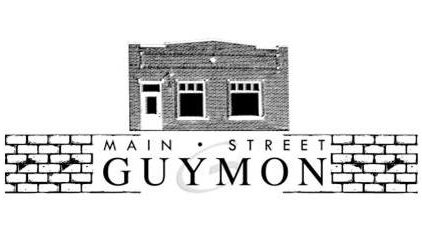Early this morning I finished listening to an audio book, “The Four Winds” by Kristin Hannah. I love this Libby app where all you need is your library card number (mine is from the Guymon Public Library) to get free book downloads. It’s great! And so was the book. It was so good that I couldn’t stop listening until I finished it.
The story started in Dalhart, Texas, with a farm family in the early 1900s. Soon the Dust Bowl and hard times hit. The main character and her two children ended up going to California, which was not the land of opportunity as advertised.
Here are some interesting facts about the Dust Bowl that I found online:
While “black blizzards” constantly menaced Plains states in the 1930s, a massive dust storm 2 miles high traveled 2,000 miles before hitting the East Coast on May 11, 1934. For five hours, a fog of prairie dirt enshrouded landmarks such as the Statue of Liberty and the U.S. Capitol, inside which lawmakers were debating a soil conservation bill.
If the dust storms that turned daylight to darkness weren’t apocalyptic enough, seemingly biblical plagues of jackrabbits and grasshoppers descended on the Plains and destroyed whatever meager crops could grow. To combat the hundreds of thousands of jackrabbits that overran the Dust Bowl states in 1935, some towns staged “rabbit drives” in which townsmen corralled the jackrabbits in pens and smashed them to death with clubs and baseball bats. Thick clouds of grasshoppers—as large as 23,000 insects per acre, according to one estimate—also swept over farms and consumed everything in their wakes. “What the sun left, the grasshoppers took,” President Franklin D. Roosevelt said during a fireside chat. The National Guard was called out to crush grasshoppers with tractors and burn infested fields, while the Civilian Conservation Corps spread an insecticide of arsenic, molasses and bran.
So much static electricity built up between the ground and airborne dust that blue flames leapt from barbed wire fences and well-wishers shaking hands could generate a spark so powerful it could knock them to the ground. Since static electricity could short out engines and car radios, motorists driving through dust storms dragged chains from the back of their automobiles to ground their cars.
Those who inhaled the airborne prairie dust suffered coughing spasms, shortness of breath, asthma, bronchitis and influenza. Much like miners, Dust Bowl residents exhibited signs of silicosis from breathing in the extremely fine silt particulates, which had high silica content. Dust pneumonia, called the “brown plague,” killed hundreds and was particularly lethal for infants, children and the elderly.
As part of Roosevelt’s New Deal, the federal government purchased starving livestock for at least $1 a head. Livestock healthy enough to be butchered could fetch as much as $16 a head, with the meat used to feed homeless people living in Hoovervilles. The Soil Conservation Service, established in 1935, paid farmers to leave fields idle, employ land management techniques such as crop rotation and replant native prairie grasses. The federal government also bought more than 10 million acres and converted them to grasslands, some managed today by the U.S. Forest Service.
John Steinbeck’s story of migrating tenant farmers in his Pulitzer Prize-winning 1939 novel, “The Grapes of Wrath,” tends to obscure the fact that upwards of three-quarters of farmers in the Dust Bowl stayed put. Dust Bowl refugees did not flood California. Only 16,000 of the 1.2 million migrants to California during the 1930s came from the drought-stricken region.
While farm families migrating to California during the 1930s, like the fictitious Joad family, were often derided as “Okies,” only one-fifth of them were actually from Oklahoma. (Plus, many of those Oklahoma migrants were from the eastern part of the state outside of the Dust Bowl.) “Okie” was a blanket term used to describe all agricultural migrants, no matter their home states. They were greeted with hostility and signs such as one in a California diner that read: “Okies and dogs not allowed inside.”
They were hard times here during the Dust Bowl. I am thankful for those who persevered and got through the hard times. And I know there are many who have moved here in recent years from their areas with hard times and I pray we give them a better welcome than the Okies got in California in the 30s.
See you on the bricks!
